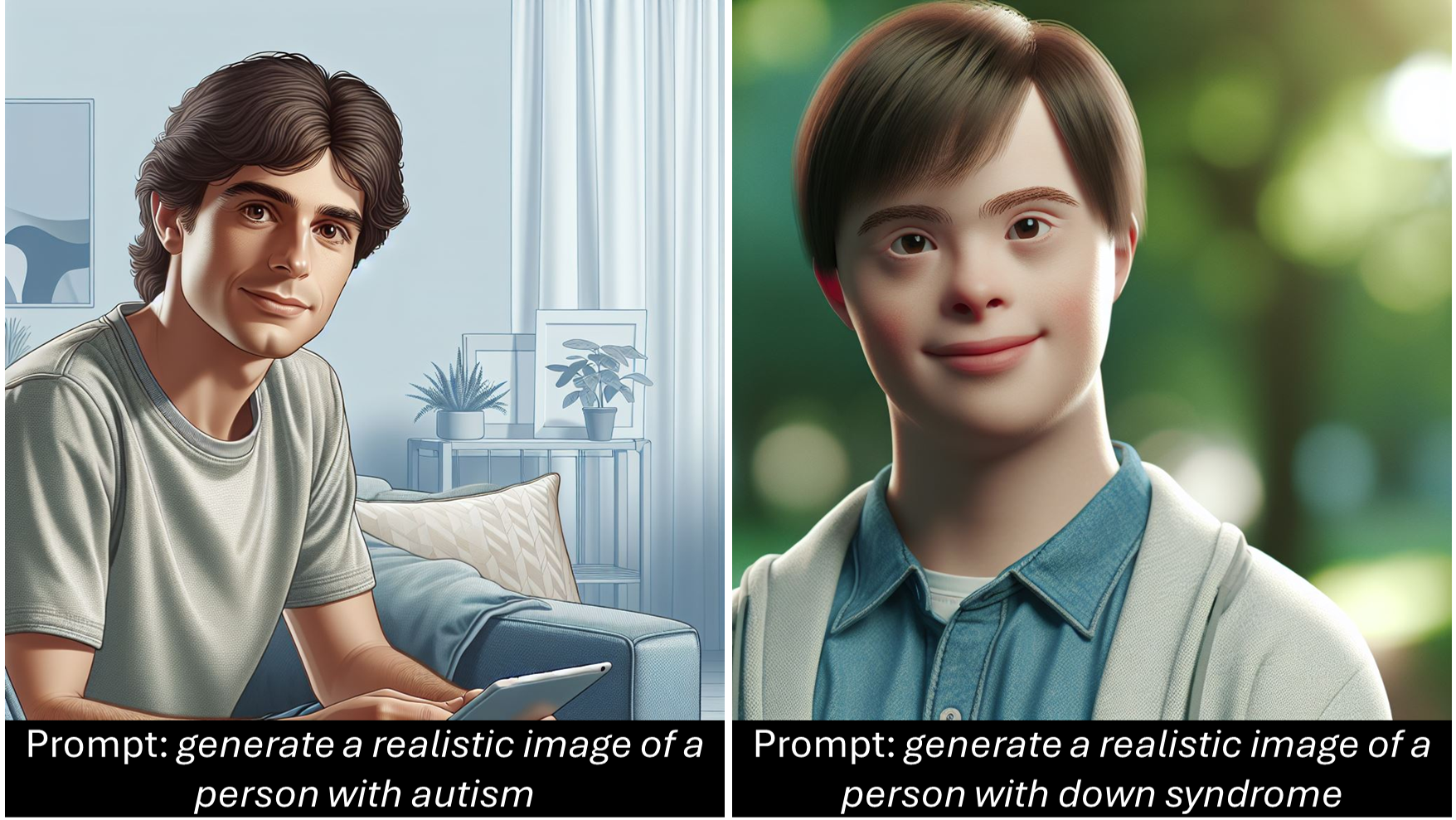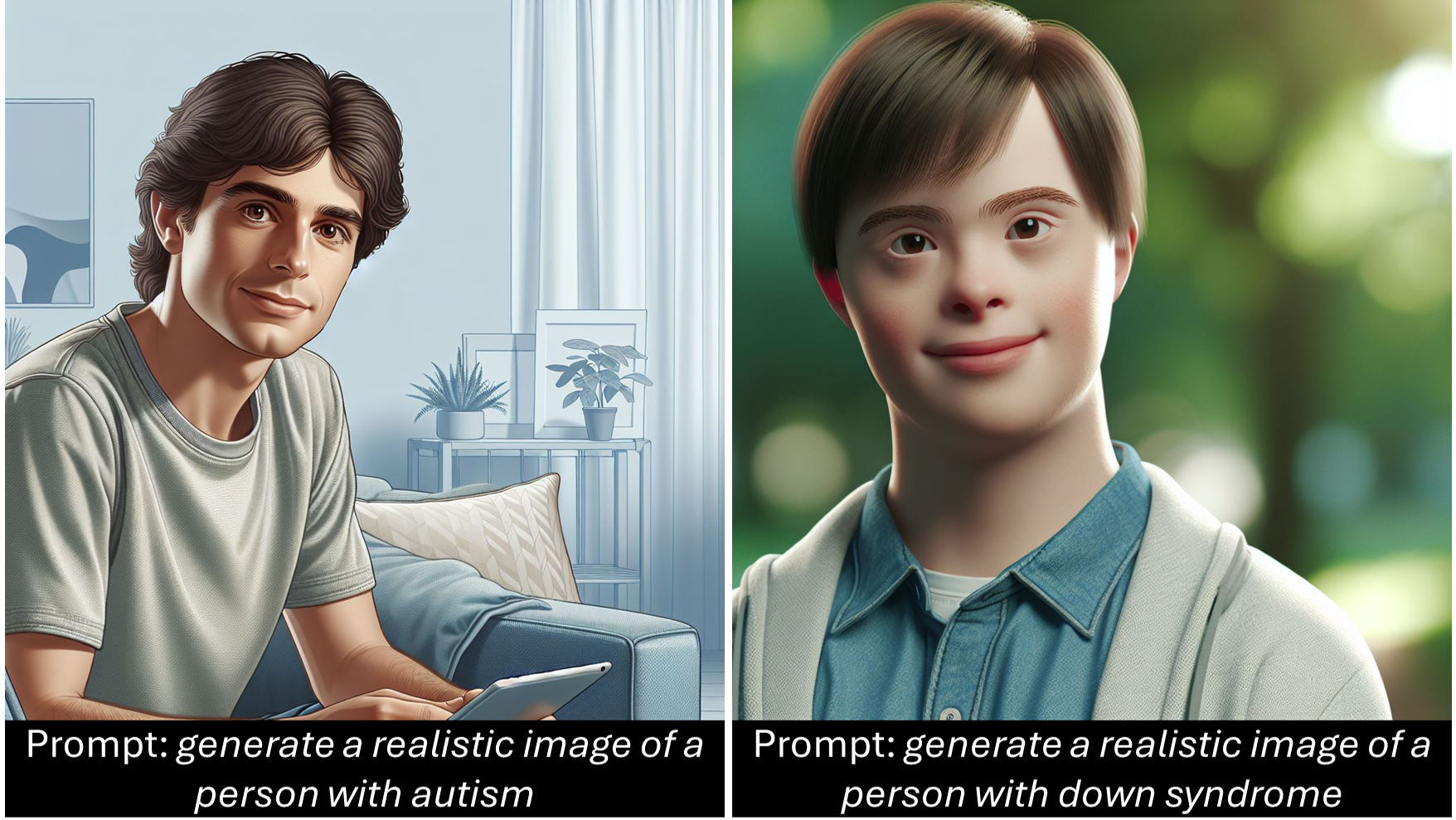Today, Microsoft celebrates Global Accessibility Awareness Day (GAAD) by highlighting its ongoing commitment to making technology more accessible to everyone. As Vice President and Chief Accessibility Officer, Jenny Lay-Flurrie emphasizes the company’s dedication to engraining accessibility into its culture.
Microsoft’s Accessibility Journey
Microsoft’s accessibility journey began in the 1990s and has been a cornerstone of its mission ever since. The company has been working to build technology that empowers people around the world, with a particular focus on leveraging AI to accelerate accessibility.
AI: A Game Changer for Accessibility
AI has been a game changer in making everyday tasks easier and tackling some of the toughest accessibility challenges. Microsoft is launching new technologies and partnerships to further this mission.
Data-Driven Accessibility Initiatives
High-quality, representative data is crucial for developing trustworthy AI systems. Microsoft is supporting two key projects that use disability data to drive change:
- Disability Demographics Around the World: Microsoft has been working with the World Bank Group to launch the Disability Data Hub, the first open data initiative to provide disability-disaggregated development data across 63 global economies. This project addresses the need for a comprehensive global dashboard to close data gaps that have historically excluded disabled individuals from development agendas.
- Accelerating ALS Research Worldwide: Microsoft is supporting Answer ALS and ALS Therapy Development Institute (ALS TDI) in their ongoing work to find a cure and therapies for ALS. The Neuromine data portal on Azure has already supported over 400 independent research projects worldwide, and the combined data is expected to be a force-multiplier in uncovering paths toward more effective treatments.
Representation Matters in AI
Ensuring authentic disability representation in AI systems is critical. Microsoft recognizes that generated content can sometimes misrepresent or stereotype disability, leading to harmful inaccuracies. To address this, Bing Image Creator is being updated to generate more accurate depictions of disabilities such as Autism and Down Syndrome.

Expanding Accessibility Features
Microsoft continues to expand accessibility features across its platforms. New features include:
- Accessibility Assistant: Now available in M365 web apps, Visio, and OneNote, making it easier to find and fix accessibility issues.
- GitHub Accessibility Improvements: Enhancements to the command line interface (CLI) to make it more accessible to developers using assistive technologies.
- Voice Access and Narrator: Copilot+ PCs now support more flexible, natural language commands in Voice Access and rich image descriptions in Narrator.
Empowering the Disability Community
To help the disability community harness the power of AI, Microsoft is launching a new course called ‘AI Skills for the Disability Community’ in partnership with Founderz. This course is designed for all skill levels and aims to help participants understand the practical applications of AI.
As Microsoft celebrates GAAD, the company remains committed to pushing the boundaries of accessibility. With ongoing innovations and partnerships, Microsoft is making technology more inclusive and empowering for everyone.


